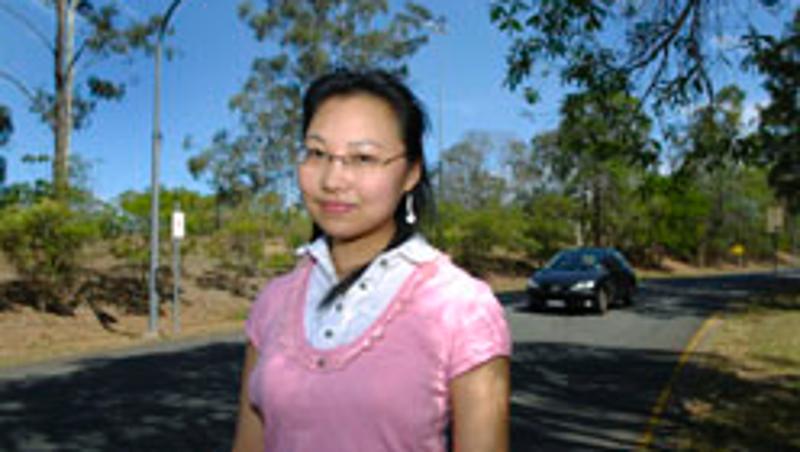
Vehicles may soon be equipped with technology capable of calculating the likelihood of a crash as a driver rounds a bend in the road, thanks to research by Queensland University of Technology.
Samantha Chen, from QUT's Centre for Accident Research & Road Safety - Queensland (CARRS-Q), is leading a research project to design an intelligent transport system that seeks to reduce the number of curve-related crashes on our roads.
"With the latest figures showing that in Queensland curve-related crashes account for almost 64 per cent of fatalities, it's essential to look for ways of reducing this death toll," she said.
Ms Chen said the system being developed by CARRS-Q would integrate information sourced from the driver, vehicle and environment to predict the probability of a crash occurring on a road curve.
"We are developing a computer model that analyses situational driver behaviour and proposes real-time countermeasures to minimise fatalities and casualties," she said.
"The main innovation of our system is that it integrates information about driver behaviour, vehicle dynamics, environment and crash history from IAG (an insurance company), to assess and monitor crash risk.
"This approach could allow the driver to have sufficient time to react promptly, and therefore has the potential to promote safe driving and reduce curve-related injuries and fatalities."
The system, known as the Ubiquitous Situation Awareness Risk Prediction Model for Road Safety (UbiSARPS), performs real-time data analysis to detect possible high-risk driving situations.
"UbiSARPS can determine an intervention according to a risk assessment score which will be transferred to the vehicle to warn the driver, or to correct the mistake automatically for the driver."
"For example if a crash occurred on a particular curve in the past and a driver was approaching that same location or a similar location, then the system would be able to determine that the driver was facing a high-risk situation.
"This analysis would happen in real-time, meaning that appropriate driver or vehicle action could be immediately taken."
Ms Chen said while authorities had instigated several engineering options such as pavement markings, warning signs and delineations to prevent accidents on road curves, intelligent transport systems could complement these approaches.
"The Australian Transport Safety Bureau reports that intelligent transport systems (such as UbiSARPS) should bring benefits worth a total of at least $14.5 billion by 2012. Therefore it makes financial sense to utilise intelligent transport systems with existing engineering interventions to enhance road safety."
CARRS-Q is part of QUT's Institute of Health and Biomedical Innovation. Ms Chen's research is being supervised by Associate Professor Andry Rakotonirainy.
Media contact - Sandra Hutchinson, QUT media officer, 07 3138 2130 or s3.hutchinson@qut.edu.au
**A high-resolution photo of Samantha Chen is available for media use**




